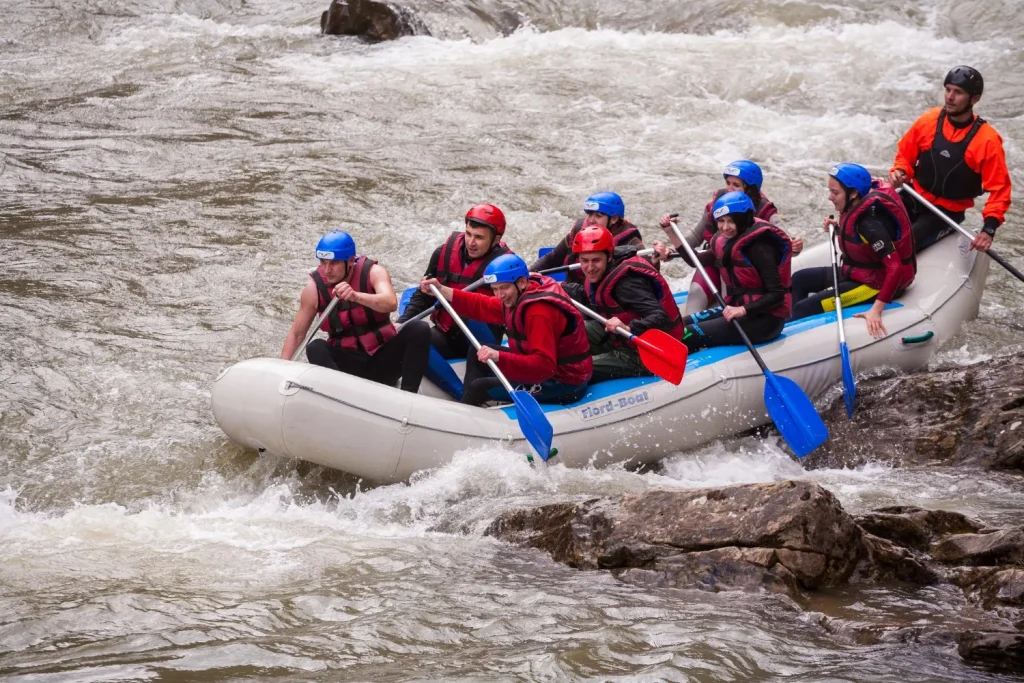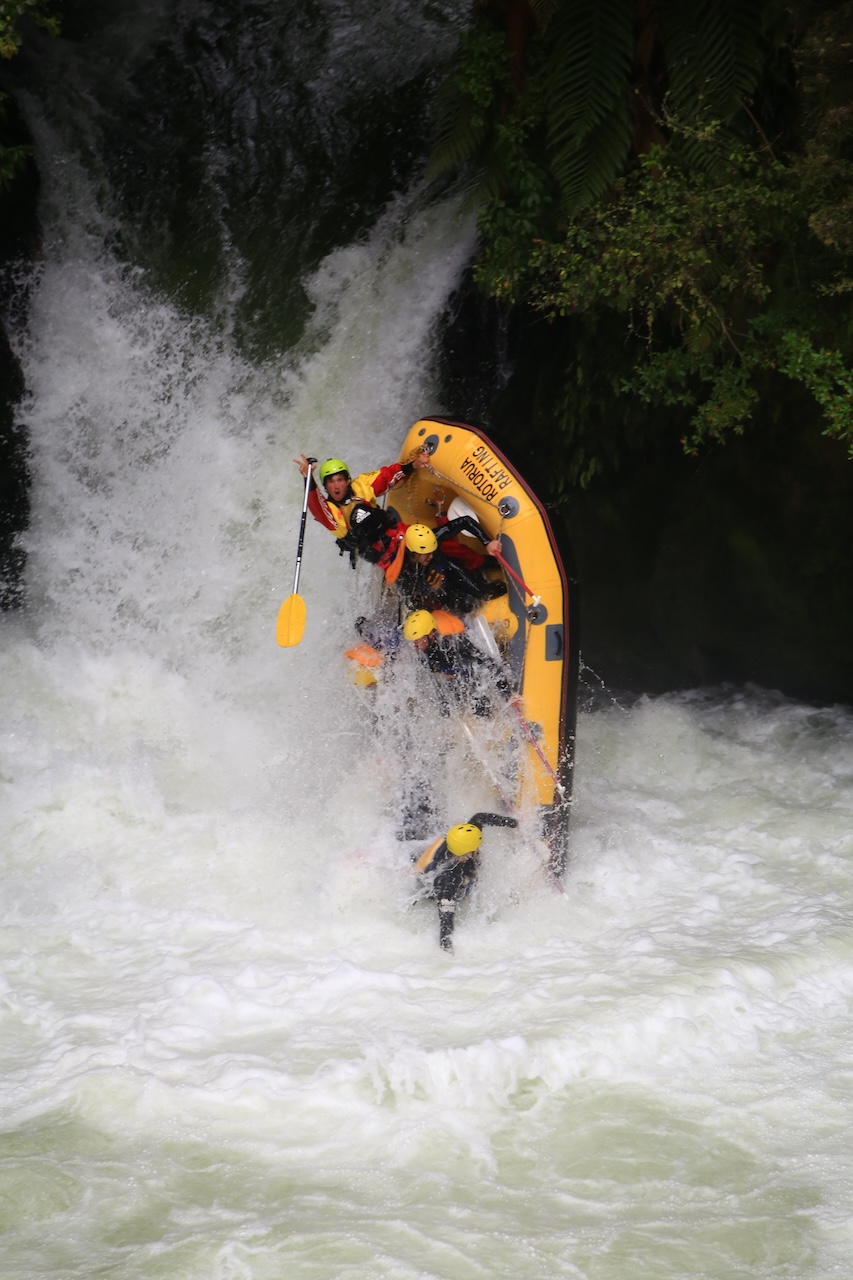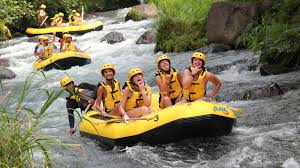Is White Water Rafting Dangerous?
White water rafting is an exhilarating adventure sport that attracts thrill-seekers from all over the world. The rush of navigating through turbulent waters, the camaraderie of a team, and the breathtaking scenery make it a popular choice for outdoor enthusiasts. However, the question of safety looms large: is white water rafting dangerous?

To understand the risks involved, it is essential to consider several factors. The difficulty level of the river is a primary concern. Rivers are classified into different grades, ranging from Class I (easy) to Class VI (extremely difficult). Beginners are often advised to start with Class I or II rivers, where the rapids are manageable and the chances of serious injury are significantly lower. As one progresses to more challenging waters, the risks increase, necessitating a higher level of skill and experience.
Another critical aspect is the weather conditions. Rafting during heavy rain or after a storm can lead to unpredictable water levels and stronger currents. These conditions can transform a seemingly safe river into a hazardous environment. It is crucial for rafters to check weather forecasts and river conditions before embarking on their adventure.
Equipment and safety gear also play a vital role in ensuring a safe rafting experience. Wearing a properly fitted life jacket, using a helmet, and having a reliable raft are essential precautions. Many rafting companies provide safety briefings and equip participants with the necessary gear. Ignoring these safety measures can significantly increase the risk of accidents.
The experience and training of the guide are equally important. A knowledgeable guide can navigate the river safely, making informed decisions based on the conditions. They are trained to handle emergencies and can provide valuable instructions to the team. Choosing a reputable rafting company with experienced guides can greatly reduce the risks associated with white water rafting.
Physical fitness is another factor that should not be overlooked. Rafting can be physically demanding, requiring strength and stamina. Participants should be in good health and capable of following instructions quickly. Those with pre-existing health conditions should consult a doctor before participating in such activities.
Despite the inherent risks, many people enjoy white water rafting without incident. The key to a safe experience lies in preparation and awareness. Understanding the river’s classification, checking weather conditions, using appropriate safety gear, and choosing experienced guides can mitigate many dangers.
Moreover, the thrill of white water rafting often outweighs the risks for many adventurers. The adrenaline rush, the sense of achievement after conquering challenging rapids, and the beauty of nature create unforgettable memories. For many, the experience is worth the calculated risks involved.
while white water rafting does carry certain dangers, these can be managed effectively with proper precautions and respect for the environment. By being informed and prepared, adventurers can enjoy the excitement of rafting while minimizing the risks. The sport offers a unique blend of adventure and nature, making it a cherished activity for those who seek thrills in the great outdoors.




